Miyoshi Nagayoshi: The Young Conquerer of Japan
After the Onin War, the country had lost faith in the Ashikaga shogunate. This lack of trust lead to the beginning of the Sengoku Period, a time when all of Japan’s most powerful generals fought each other for control of the country. Of course, Oda Nobunaga eventually ended the Sengoku Period and his successor Toyotomi Hideyoshi conquered Japan. However, few know about the very first person who successfully conquered Kyoto, pushed out the Ashikaga shogunate and started a new government: the then 29-year-old Miyoshi Nagayoshi [三好長慶]. However, this feat was far from easy.
Conquering Japan: The Sengoku Period
Among the many powerful generals during this period, three stood out: Oda Nobunaga, Toyotomi Hideyoshi, and Tokugawa Ieyasu. Each of these generals rose through the ranks of power and eventually took control of the entire country. However, Oda Nobunaga was different from the others in that he didn’t actually conquer all of his enemies’ territories. In fact, when he became the shogun, he still had many enemies all over Japan. Yet, he was still able to claim supremacy as ruler of the country.
How?
During the Sengoku Period, it was not necessary to defeat all the other warlords to become the ruler of Japan. All you need to do is to conquer the capital, Kyoto, and the surrounding area, specifically: Yamato, Yamashiro, Kawachi, Izumi, and Settsu (more or less, the present-day Kansai region). These areas were home to Ashikaga’s allies. Therefore, by pushing the Ashikaga shogun away from Kyoto and crippling his support, you would become the shogun. Of course, it would be better to have as many fighters as possible, so it was common for warlords to cause war other than the areas above, but it was not mandatory. Oda Nobunaga successfully conquered almost all central Japan and those areas above and killed Ashikaga Yoshiaki, taking over his position. However, it is not widely known that the very first person who attained this feat is not Oda Nobunaga, but Miyoshi Nagayoshi.
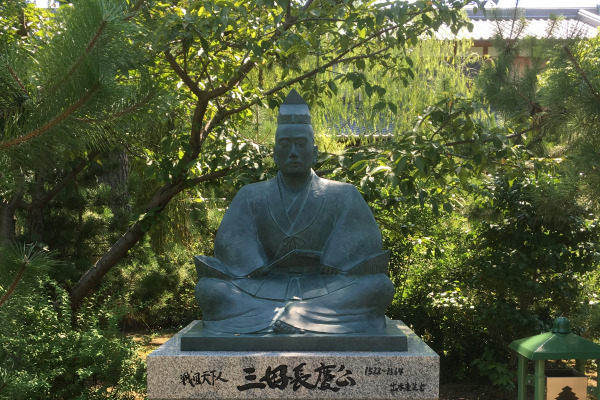
Miyoshi Nagayoshi’s Father, Miyoshi Motonaga
Before talking about Miyoshi Nagayoshi, let us talk about his father, Miyoshi Motonaga. The Miyoshi clan, led by Miyoshi Motonaga, originated from Tokushima. There, Motonaga served one of the most powerful generals of the Muromachi Government, Hosokawa Harumoto. Miyoshi Motonaga was the driving force behind the defeat of Hosokawa Harumoto’s biggest nemeses, Hosokawa Takakuni.
However, as Miyoshi Motonaga continued to get stronger and stronger Hosokawa Harumoto began to see him as a threat. So, Hosokawa Harumoto, together with Miyoshi Masanaga, encouraged the Hongan-ji to attack Miyoshi Motonaga. In 1532, the Hongan-ji monks defeated Miyoshi Motonaga, who soon after killed himself in Kenpon-ji Temple in Sakai.
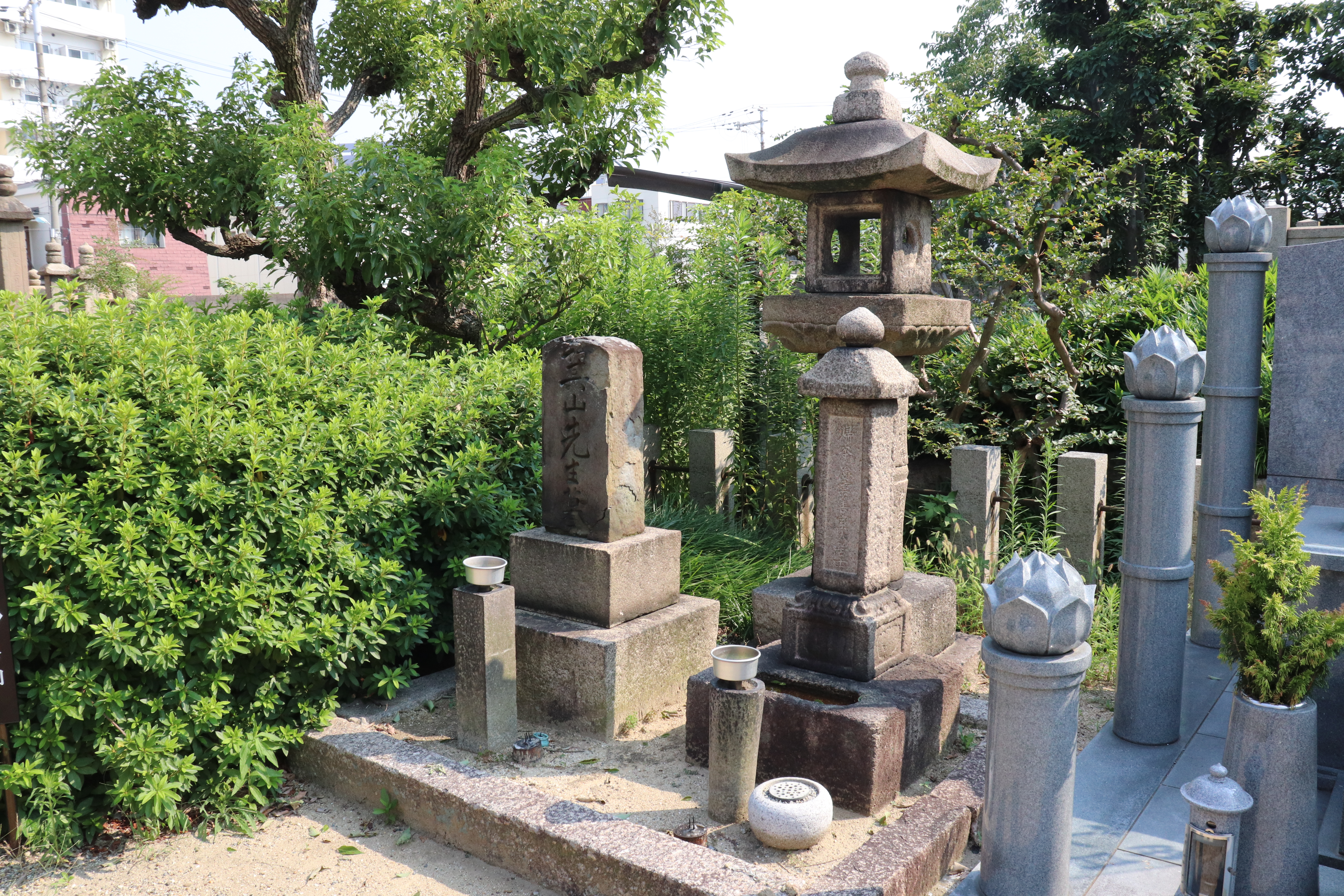
At the time of his father’s death, Nagayoshi was only 10 years old. He and his family quickly fled to their old home in Tokushima, Shikoku. Shortly thereafter, despite being so young, Miyoshi Nagayoshi aligned himself under Hosokawa Harumoto. Although aware of his lord’s role in his father’s death, Harumoto was simply too powerful to be toppled at that time.
Miyoshi Nagayoshi: The Young Conquer
Then began Miyoshi Nagayoshi’s brilliant career as a samurai. Shogun Ashikaga Yoshiharu launched a war against Hosokawa Harumoto, Nagayoshi defeated Yoshiharu with the help of his three brothers: Sogo Kazumasa, Miyoshi Jikkyu, and Atagi Fuyuyasu. Ashikaga Yoshiharu abdicated to his son, Yoshiteru, and fled to Omi (currently Shiga Prefecture)
After Miyoshi Nagayoshi proved his competence in battle, he began his revenge.
First, he sought to exact vengeance on Miyoshi Masanaga, Harumoto’s accomplice in instigating the Hongan-ji to attack his father. As head of the Miyoshi clan, Nagayoshi asked two of Harumoto’s attendants to assassinate Masanaga and his son. Since Masanaga was in fact a member of the Miyoshi clan, Nagayoshi justified his request as a means of keeping control of his clan. However, Hosokawa Harumoto did not approve Nagayoshi’s request. Nagayoshi quickly began to amass allies to forcibly remove both his father’s murderers. Amazingly, the young Nagayoshi defeated Masanaga in the Battle of Eguchi in 1549.
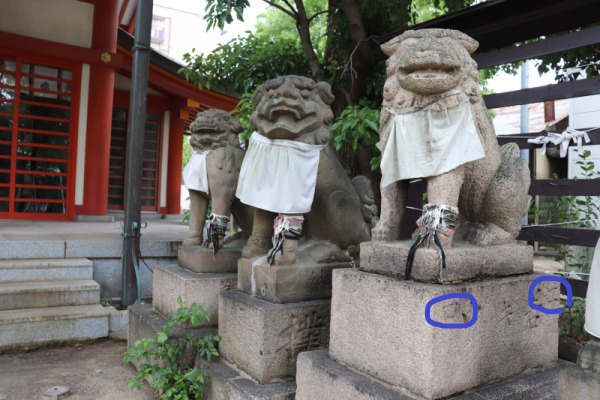
After his victory, Hosokawa and Ashikaga Yoshiteru were fearful of Nagayoshi leading a further attack. So both the shogun and his general fled to Omi. With the capital essentially abandoned, at the ripe age of 29, Miyoshi Nagayoshi became the first person to lay siege to Kyoto in the Sengoku Period.
Perhaps Miyoshi Nagayoshi’s biggest flaw he was too naive. Although he drove the shogun from Kyoto, he never killed him, even after Ashikaga ordered several assassination attempts on his life. In fact, Nagayoshi eventually made a treaty with Ashikaga Yoshiteru. He even spared Hosokawa’s life.
The Death of Miyoshi Nagayoshi
Unfortunately, his life was equal parts greatness and sorrow. In 1561, his brother Sogo Kazumasa suddenly took sick and died. Around the same time another of his brothers, Miyoshi Jikkyu, died in battle in Kumeda, Osaka.
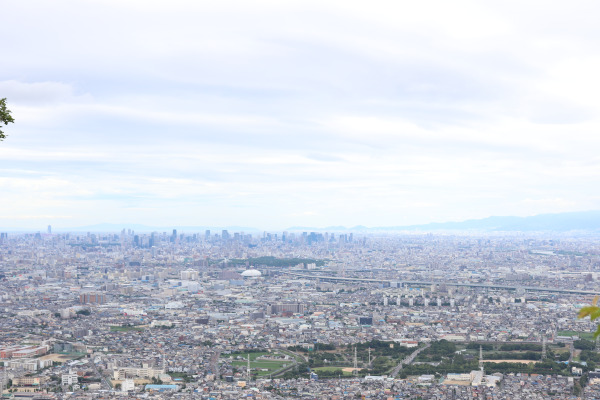
To make matter worse, his only son became sick and died at the age of 22. With all these tragedies occurring in the span of three years, Miyoshi became depressed. Sensing weakness in his leader, Nagayoshi’s most trusted general, Matsunaga Hisahide, told Nagayoshi that his last brother Atagi Fuyuyasu was conspiring against him. Nagayoshi believed him and executed his brother. It was only later that he discovered Matsunaga’s deceit, throwing him further into depression. In 1564 the once brilliant Miyoshi Nagayoshi passed away at 43.
After Miyoshi Nagayoshi died, the Miyoshi clan was short-lived. The last of the Miyoshi clan, Miyoshi Yoshitsugu (son of Sogo Kazumasa) died in battle against Oda Nobunaga, thus ending the Miyoshi line for good.

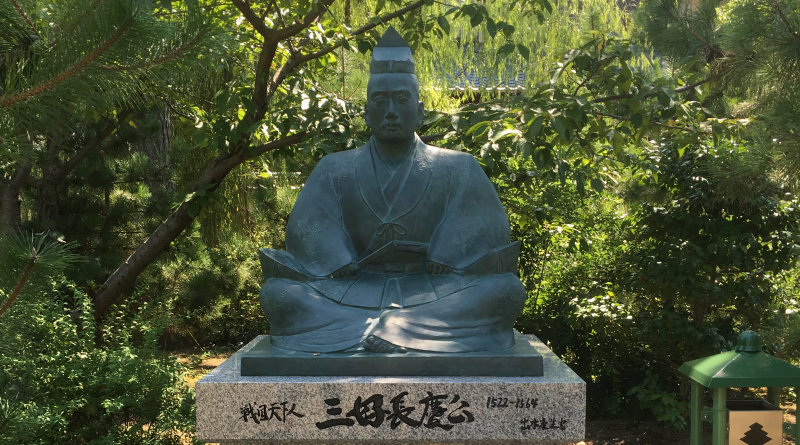
Leave a Reply